A special description of the flavor and taste of the historical story of Colombian coffee beans in Huilan coffee producing area of Colombia.
Where is your favorite coffee producing area? Do you think local soil has an effect on the flavor of coffee? That's what happens when the barista on the front street is standing on the bar. In the face of a wide variety of coffee, guests often want to drink a cup of satisfied coffee when ordering, so they will ask as much about the origin of the coffee beans as possible about the producing area of the coffee. without doing so, we also try to find the best coffee by asking the barista what he likes.
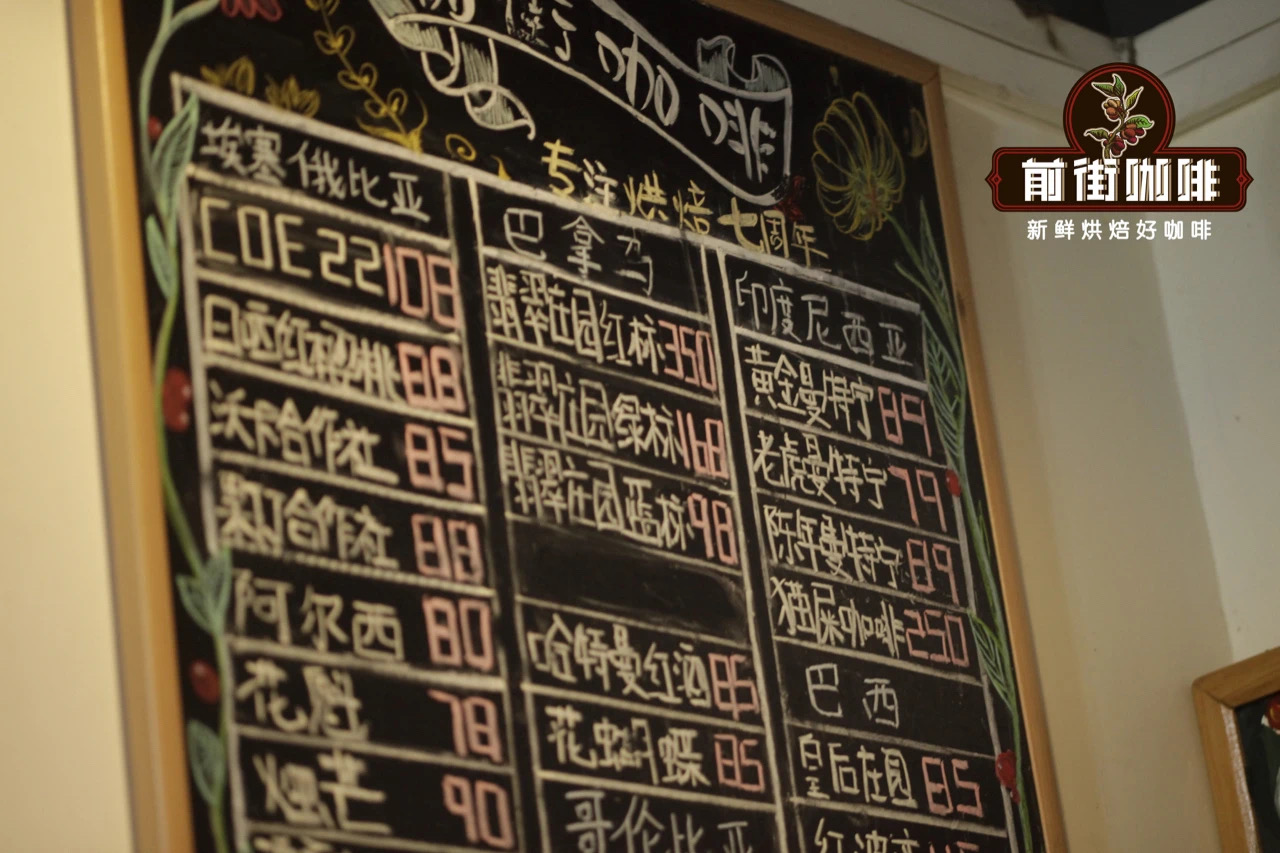
In fact, everyone has their own taste preferences. Just like the baristas in front of the street have different tastes. Some people will prefer the exquisite floral and citrus flavor of Panamanian coffee; some will be keen on the history of the most traditional treatment of Ethiopian coffee beans; others will like the low acid and high thickness of Asian coffee. The coffee beans in each producing area have their own unique places. As an example, people can drink coffee beans from different producing areas in all directions. Qianjie will make great efforts in choosing raw beans every year, and it is possible to find more coffee beans on behalf of the producing areas. that's why Qianjie arranges corresponding coffee beans in each producing area. Today, I would like to share a treasure coffee producing area with you. Han Huaizong also said in his book boutique Coffee that his coffee growing conditions are unique, that is, Colombia.
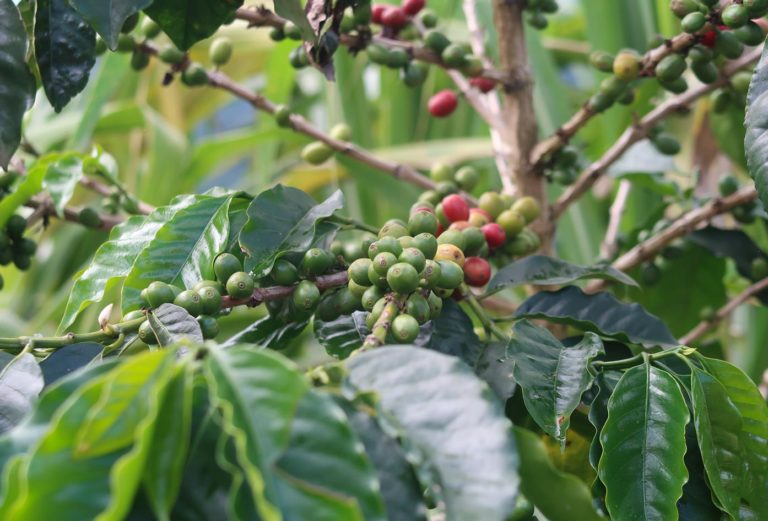
Colombia is the largest producer of quality coffee in the world. It is said that Colombian coffee was introduced by Jesuit monks in the 18th century, and it was not until the end of the 19th century that Colombian coffee began to play an important role in the world. At present, coffee is an important product in Colombia, one of the largest industries in the country and one of the most important sources of foreign exchange. Leaf rust is likely to hit it hard and even destroy the entire coffee industry. Last year alone, Colombia's coffee exports reached US $2.4 billion, accounting for 7.7 per cent of total exports. This also makes Colombia the third largest coffee producer in the world. In other words, if leaf rust takes root in Colombia, the global supply of coffee will decline, which will affect the price of coffee around the world. But fortunately, Colombian coffee has an excellent natural environment and has not been worried about weather disasters. Unlike Brazil next door, Qianjie understands that due to the influence of natural environment such as frost and drought, Brazilian coffee production is expected to decline significantly in the coming year.
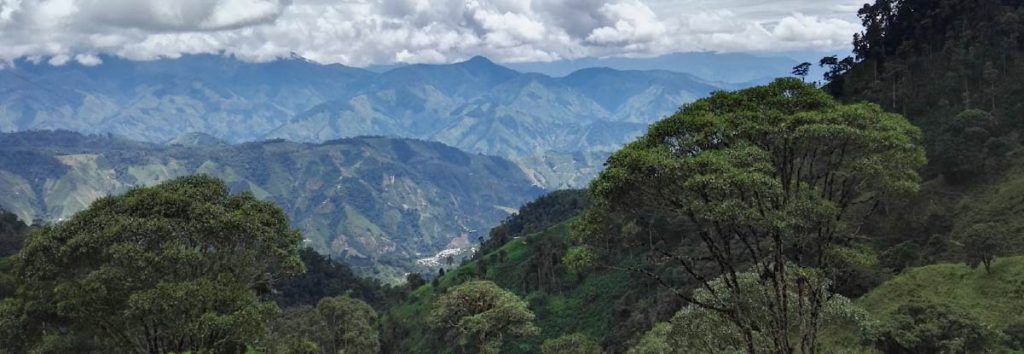
Colombian coffee is one of the few original coffee sold in the world under the name of the country. In terms of quality, it has won praise unmatched by other coffee. The country is the world's largest exporter of Arabica coffee beans, while Robbins coffee is rarely grown. It is also the world's largest exporter of washed coffee beans (Washed beans). Compared with other producing countries, Colombia is more concerned with developing products and promoting production. It is this, coupled with its superior geographical and climatic conditions, that makes Colombian coffee excellent in quality and delicious and famous all over the world. Colombia's coffee-producing areas are mainly around the foothills of the Andes, where the climate is mild and the air is humid. Colombia has three Cordilleras mountains (sub-mountain system) running north and south, right into the Andes. Coffee is grown along the highlands of these mountains. The mountain steps provide a diverse climate, which means that the whole year is the harvest season, with different kinds of coffee ripening at different times. And fortunately, unlike Brazil, Colombia doesn't have to worry about frost. There are about 2.7 billion coffee trees in Colombia, 66 per cent of which are planted in modern plantations and the rest on small, traditionally run farms.
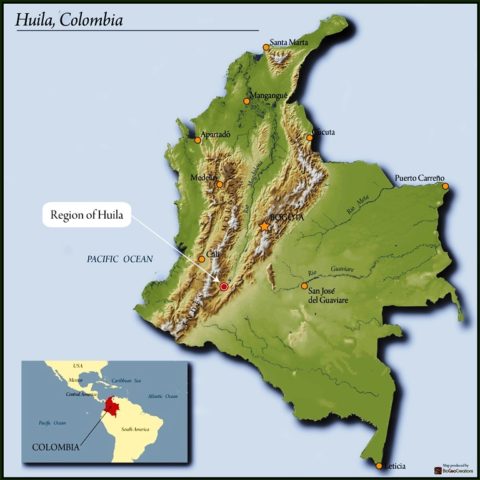
When it comes to coffee-growing areas in Colombia, Qianjie believes that it is mainly distributed in Colombia, which is fortunate to have Atlantic and Pacific ports, which helps to reduce the cost of transporting coffee, which is the only country in South America that has this condition. The main production areas of Colombia are in the central and eastern mountains. The most important plantations along the central mountains are located in Medellin, Armenia and Manizales, where coffee is of the best quality and high price, characterized by full grains, rich nutrients, rich aromas and moderate acidity. These three regions are referred to as MAM (the initials of the major cities of the three regions). Most of Colombia's top coffee for export comes from MAM. Along the eastern mountains, the two best areas are around Bogot á (Bogota) and north around Bucamanga (Bucaramanga). Bogota coffee is less acidic than Medellin coffee, but the two are of the same quality. In his book, James Hoffman divides Colombian coffee-growing areas into provinces, with a total of 13 coffee-growing areas.

The coffee growing area on the front street is located in Colombia's famous Huilan coffee producing area, which is located on the side of the Andes, near Colombia's second highest peak, the Nevado Del Huila volcano. Huilan is immersed in agricultural tradition. Its fertile volcanic soil and lush climate are ideal for growing a variety of crops such as magnolia, sugar cane, bananas, cocoa and beans. And, of course, coffee. This area is relatively close to the equator, which means that coffee harvesting takes place almost all year round. The combination of fertile volcanic soil, lush climate and altitude makes the coffee in the Huilan area the most exquisite coffee in Colombia. Columbia Huilan coffee actually has the characteristics of standard Colombian coffee beans: the overall flavor is very balanced, and the sweetness will be more obvious. The front street is baked moderately.

Columbia Cymbidium
Producing area: Cymbidium
Altitude: 1500-1800 m
Variety: Kaddura
Treatment method: washing method

Qianjie cooking parameters:
V60 filter cup
Water temperature 91 ℃
Ratio of gouache to flour at 1:15
Powder content 15g
Grinding degree (75% of the pass rate of China No. 20 standard screen)
Qianjie cooking technique: use 30 grams of water for steaming for 30 seconds, small water flow around the circle to 125 grams for segments, when the water level is about to expose the powder bed, continue to inject water to 225 grams to stop water injection, wait for the water level to drop and remove the filter cup when the powder bed is about to be exposed. (the time of steaming starts) the extraction time is 2 kilograms.
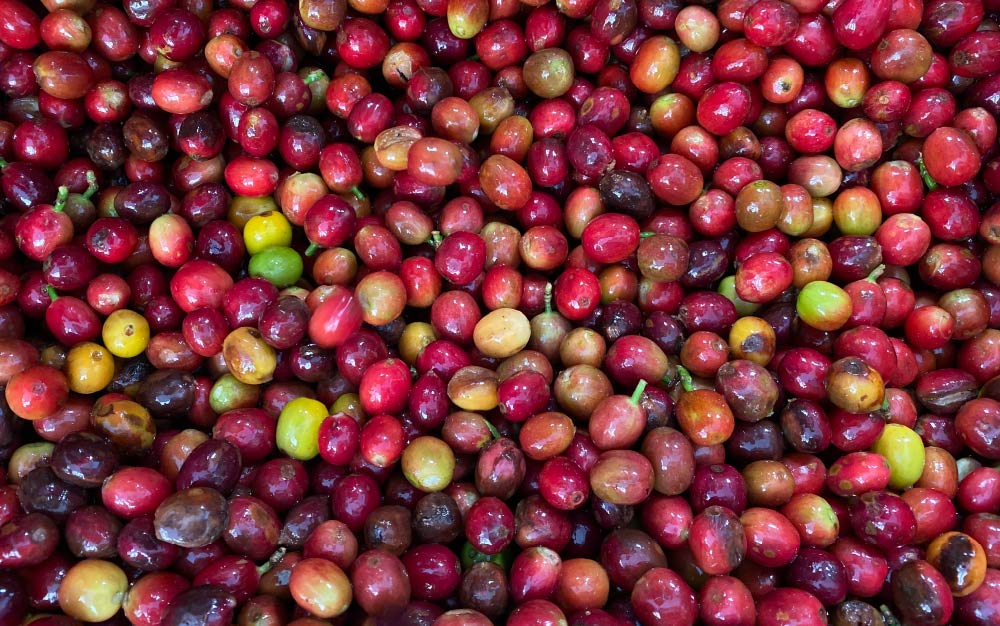
Colombian coffee taste description: strong dark chocolate flavor and caramel taste are very obvious in the mouth. In the temperature drop, there will be the emergence of fruit acid, partial to the citrus flavor, not abrupt will appear more light and refreshing.
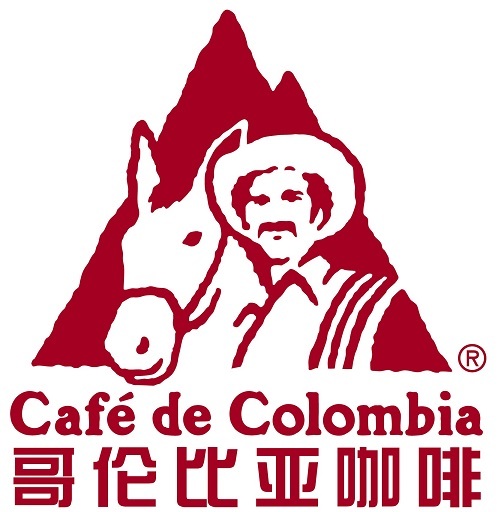
Colombia established the National Coffee Management Association (Federacion Nacional de Cafeteros, or FNC) in 1927, which is responsible for quality supervision. Although the association is a private company, it acts on behalf of the government. In addition to organizing the industry, the association is also responsible for raising funds in a bumper harvest year. Coffee prices have tended to fall over the past few years, and the association has almost exhausted its reserves. The National Coffee Management Association is also responsible for health care, education, road construction, hiring planting technicians, conducting investigations, monitoring product quality, directly handling 50 per cent of total exports, and employing marketing personnel. This is a creditworthy, efficient organization that looks to the future and is close to coffee farmers and their families.
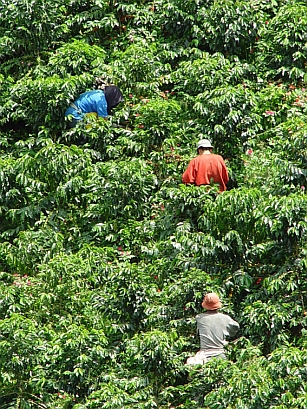
FNC is the only official coffee professional guild in Colombia and has become one of the largest agricultural non-governmental organizations in the world since its inception. Currently, the association represents more than 540000 families of coffee farmers, promoting collaboration and joint decision-making among coffee growers and safeguarding the interests of coffee growers and their families. The association has helped coffee growers in Colombia reach the necessary consensus to achieve appropriate well-being for coffee farmers. FNC also supports different areas of coffee production, such as technological research and development, optimizing production costs, improving coffee quality, providing technical assistance and quality assurance to coffee growers through technical support services to ensure better benefits for Colombian coffee growers.
Professional coffee knowledge exchange more coffee bean information please follow the coffee workshop (Wechat official account cafe_style)
For more boutique coffee beans, please add private Qianjie coffee on Wechat. WeChat account: kaixinguoguo0925
Important Notice :
前街咖啡 FrontStreet Coffee has moved to new addredd:
FrontStreet Coffee Address: 315,Donghua East Road,GuangZhou
Tel:020 38364473
- Prev

The Story of Yellow Coffee Manor of Emperor Jiayu in Huangbourbon _ characteristics of Yellow Bourbon Flavor in Indonesia
For more information about coffee beans, please follow Coffee Workshop (Wechat official account cafe_style) Gayuti Yellow Coffee Manor: in the 17th century, the Dutch colonists first introduced Huangbourbon to Indonesia, which, due to its unique geographical environment and mild climate, gave birth to quality Arabica coffee in Sumatra. The Hermansa family in the coffee family
- Next

What is the flavor and taste of Colombian coffee? How do you drink Colombian coffee?
Professional coffee knowledge exchange more coffee bean information Please pay attention to Coffee Workshop (Wechat official account cafe_style) Coffee is an important product in Colombia, one of the country's largest industries and one of the most important sources of foreign exchange. Leaf rust may deal a heavy blow to it and even destroy the entire coffee industry.
Related
- Detailed explanation of Jadeite planting Land in Panamanian Jadeite Manor introduction to the grading system of Jadeite competitive bidding, Red bid, Green bid and Rose Summer
- Story of Coffee planting in Brenka region of Costa Rica Stonehenge Manor anaerobic heavy honey treatment of flavor mouth
- What's on the barrel of Blue Mountain Coffee beans?
- Can American coffee also pull flowers? How to use hot American style to pull out a good-looking pattern?
- Can you make a cold extract with coffee beans? What is the right proportion for cold-extracted coffee formula?
- Indonesian PWN Gold Mandrine Coffee Origin Features Flavor How to Chong? Mandolin coffee is American.
- A brief introduction to the flavor characteristics of Brazilian yellow bourbon coffee beans
- What is the effect of different water quality on the flavor of cold-extracted coffee? What kind of water is best for brewing coffee?
- Why do you think of Rose Summer whenever you mention Panamanian coffee?
- Introduction to the characteristics of authentic blue mountain coffee bean producing areas? What is the CIB Coffee Authority in Jamaica?

